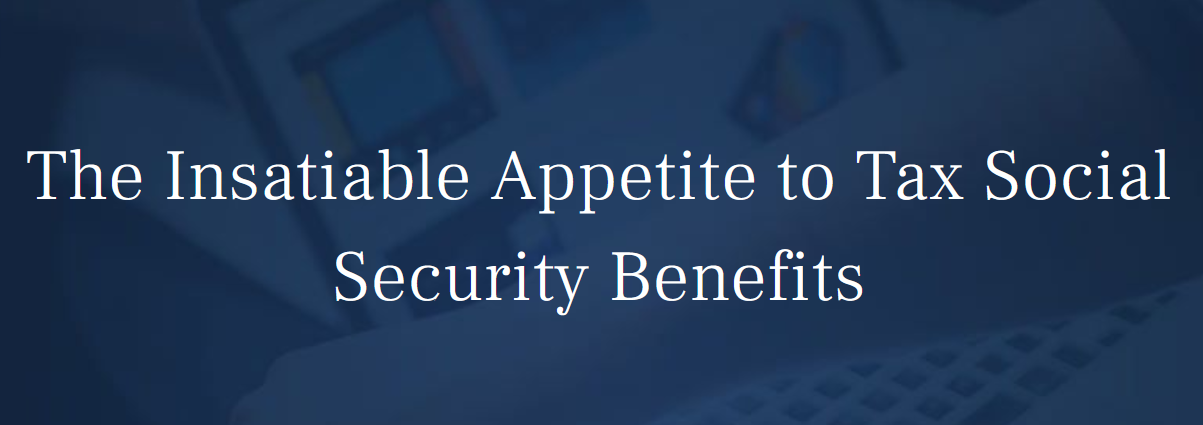First, it was 10%, then 20%, and today more than 50% of U.S. retirees pay taxes on their Social Security benefits, and the number is expected to go even higher. The cause seems to be that one government hand doesn’t know, or care, what the other government hand is doing.
The rub comes because income tax brackets are adjusted for inflation each year. But income thresholds determine if you pay taxes on Social Security, and how much, haven’t been adjusted for inflation since 1984 when benefits first became taxable. That’s why, over almost four decades, the number of retirees forced to pay taxes on their Social Security has gone from 10% to almost 56%.
Here are the rules that determine if you have to pay taxes on your Social Security benefit?
- If you’re single and your combined income is between $25,000-$34,000 you’ll have to pay income tax on up to 50% of your benefit.
- If you’re single and your combined income is more than $34,000, you’ll pay income tax on 85% of your benefit.
- If you’re married filing a joint return and combined income is between $32,000-$44,000 you’ll pay income tax on up to 50% of your benefits.
- If you’re married filing jointly and combined income is above $44,000, you’ll pay income tax on 85% of your benefit.
Social Security defines combined income as adjusted gross income plus nontaxable interest plus one-half of your Social Security benefits.
According to the Senior Citizens League, if income thresholds had been adjusted for inflation, single retirees would pay taxes on Social Security if their income was above $62,902 and joint filers would be taxed if their combined income was above $80,515.
There are a couple of things to keep in mind when structuring your retirement income and the potential effect on whether you pay taxes on Social Security.
First, some people buy municipal bonds in the mistaken idea that the tax-free interest isn’t counted toward the income threshold. While municipal bond interest is income tax-free, it is included in the formula for combined income—adjusted gross income plus nontaxable interest plus one-half of your Social Security benefits. The tax-free interest from municipal bonds fits into the nontaxable interest category.
On the positive side, withdrawals from your Roth IRA do not count toward combined income. You previously paid taxes on your Roth contributions, so when money is withdrawn, no taxes are due on the distributions and they are not included in the combined income calculation.
Full story here Are you the author? Previous post See more for Next postTags: Featured,Financial Planning,newsletter,retirement income






















